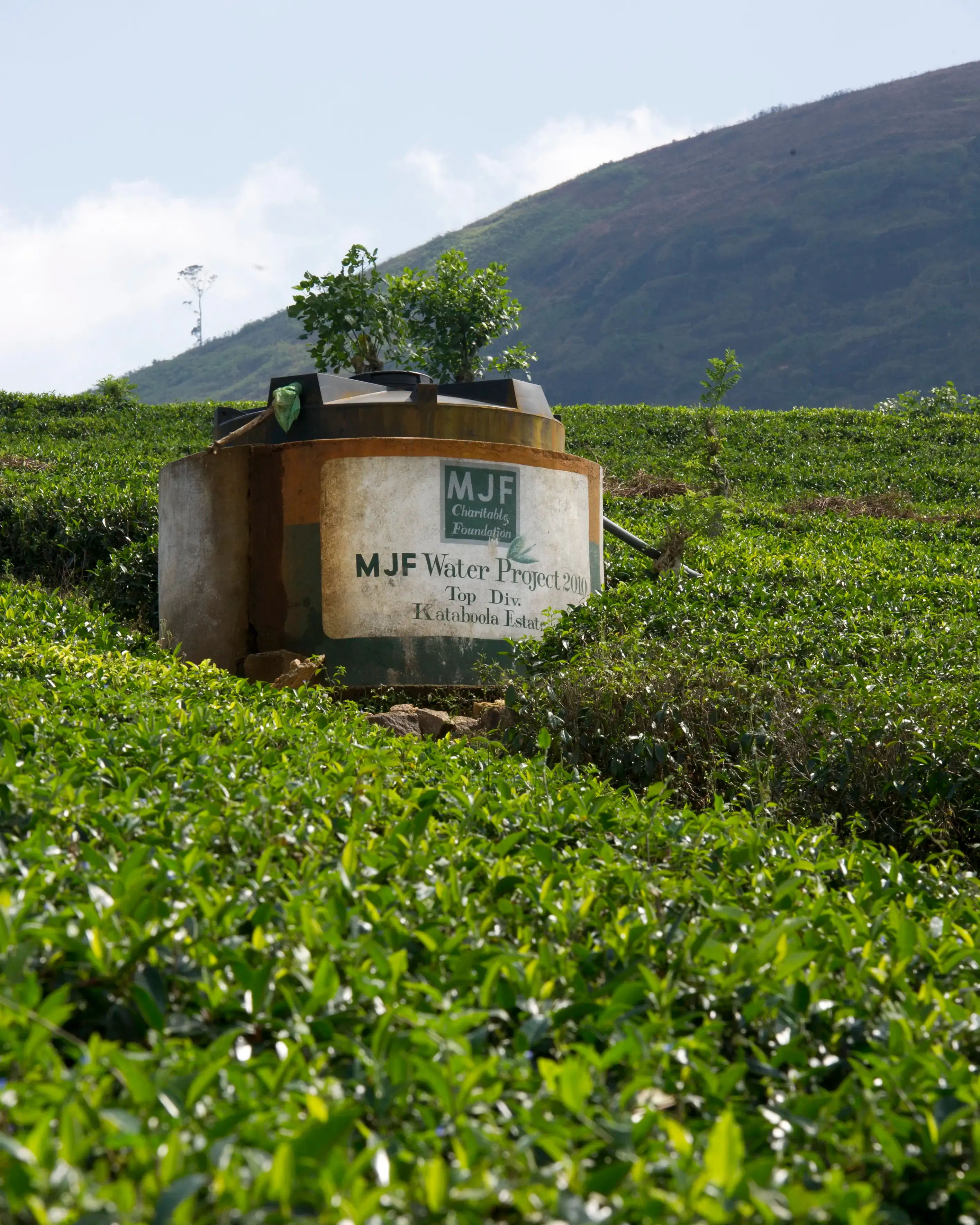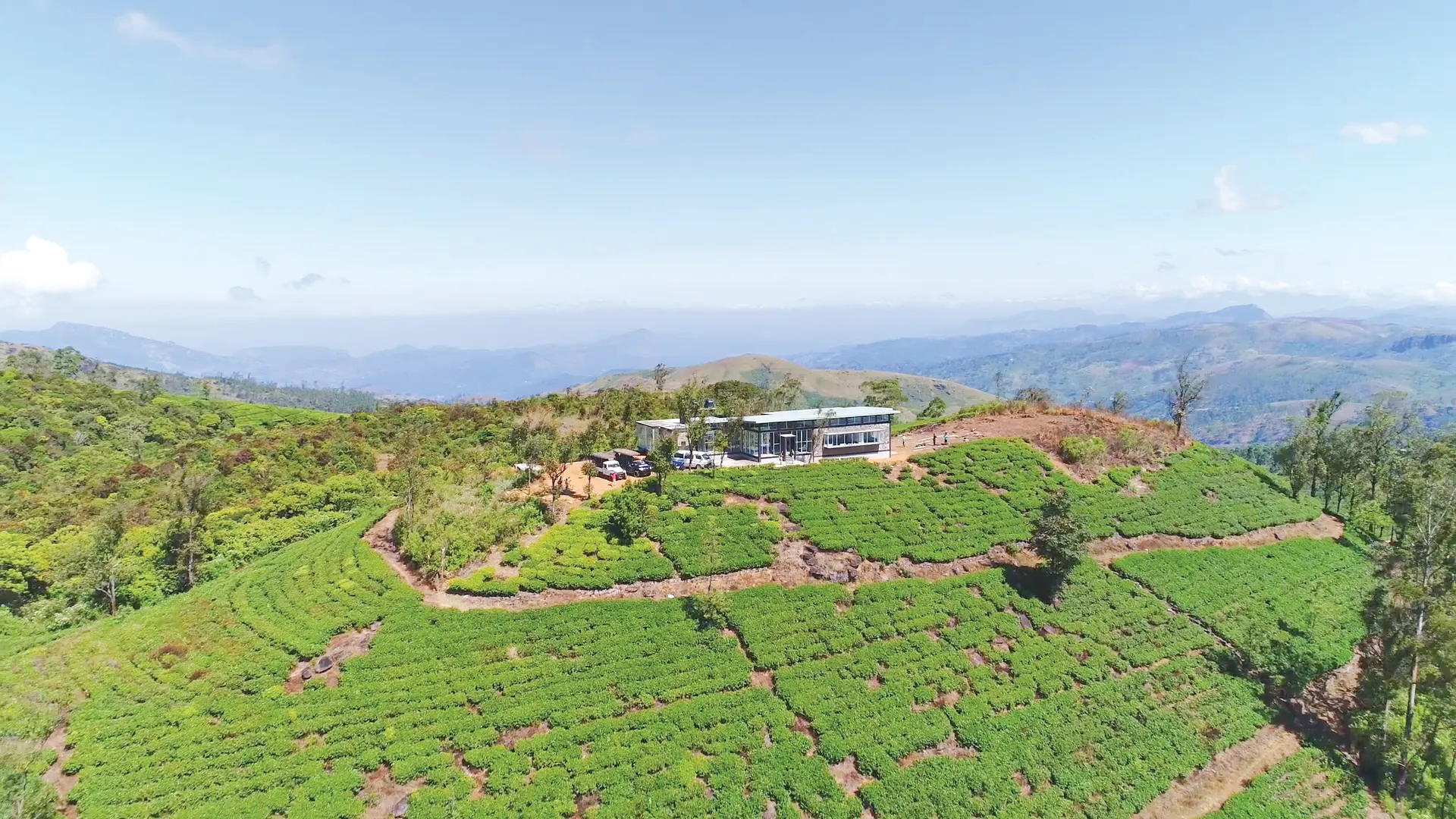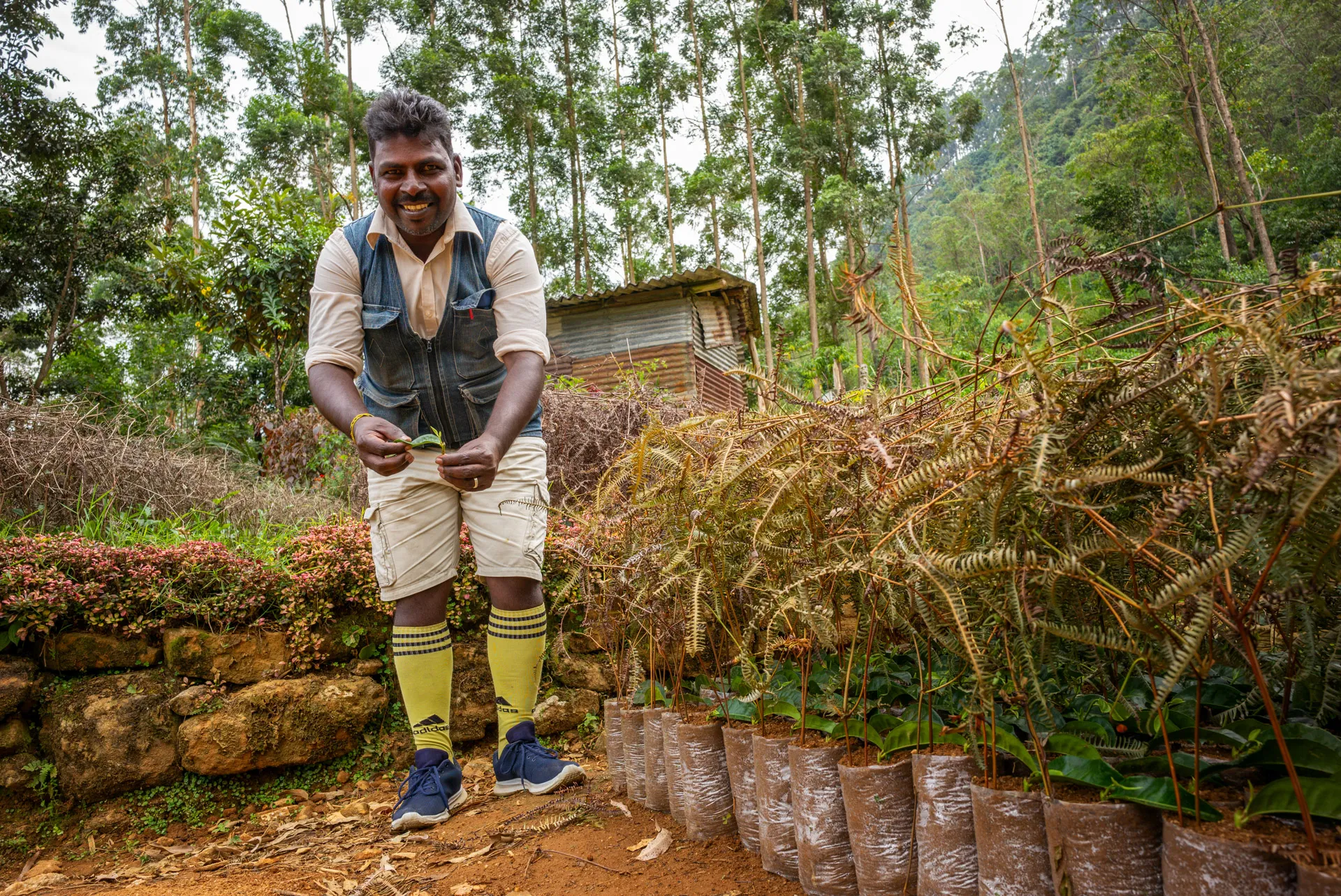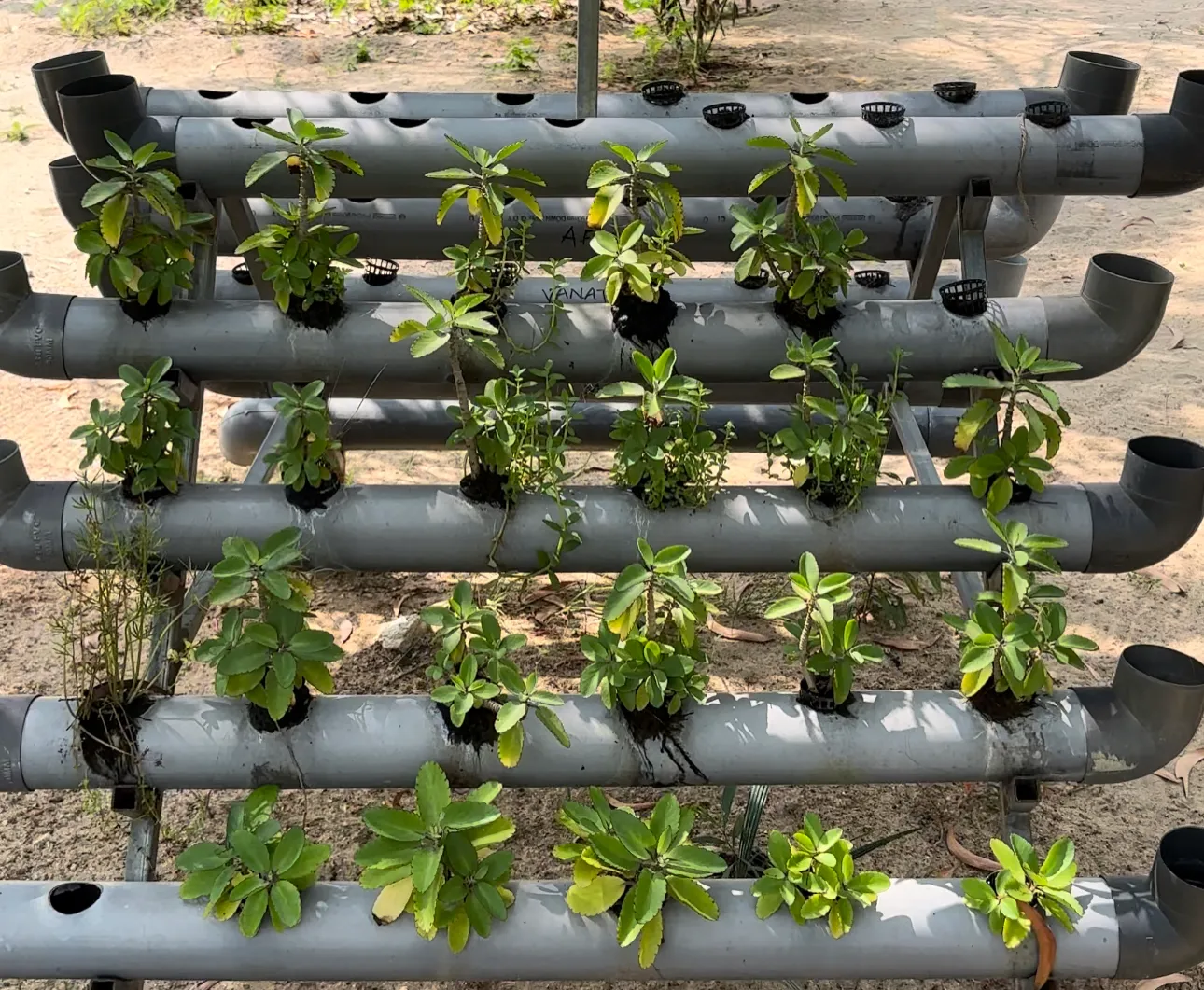CO2 Neutrality and Its Significance
While the impact of climate change may not be universally visible yet, it is a global concern. Many businesses now prioritise sustainability, and try to reduce their carbon footprint. But what exactly is a carbon footprint?
Chapters
What is a Carbon Footprint?
A carbon footprint is a tool used by companies, municipalities, and other organizations to measure the amount of greenhouse gas emissions released as a result of their activities. Typically, the balance sheet includes all direct and indirect CO2 emissions associated with the production of goods and services, energy consumption, mobility, waste management, and other activities. A negative carbon footprint means that more CO2 emissions are saved and sequestered than released, making it a crucial instrument in the fight against climate change.
Difference between a Carbon Footprint and Ecological Footprint
A carbon footprint should not be confused with an ecological footprint. The latter is a more comprehensive concept that takes into account not only CO2 emissions, but also other environmental aspects such as water consumption, land use, soil erosion, and chemical use. However, the carbon footprint is a critical component and can contribute to reducing an organization's overall ecological footprint.
Why is the Carbon Footprint Important?
Knowing your carbon footprint is important because it allows companies and organizations to assess and reduce their climate impact. By identifying the areas where most greenhouse gas emissions are released, measures can be taken to reduce CO2 emissions and achieve savings. The balance sheet also provides the basis for setting well-founded reduction targets and is therefore an essential element of sustainability management; and carbon footprint also has economic significance, as companies can sustainably reduce their operating costs by targeted energy and resource savings. Furthermore, a negative carbon footprint can enhance a company's reputation and gain the trust of consumers who are increasingly conscious of sustainable products and services.
How is the Carbon Footprint Calculated?
To calculate a company's carbon footprint, various factors must be taken into account. The calculation must capture all emission sources responsible for greenhouse gas emissions. These emissions are categorized into three scopes. Scope 1 covers all direct emissions from company-owned sources such as company vehicles or air conditioning. Scope 2 includes all indirect emissions resulting from the generation of purchased energy. Scope 3 encompasses all other indirect emissions caused by the company's activities, such as business travel or supplier production.
How is the Carbon Footprint Measured?
To measure the carbon footprint, emission sources must be captured and quantified. Activity data, such as electricity consumption or the number of kilometers driven, is converted into CO2 equivalents. This conversion is made using emission factors that take into account the climate impact of different greenhouse gases.
It is essential to document data sources, assumptions, estimates, and emission factors to ensure the quality and consistency of calculations in subsequent years. An Excel spreadsheet can be a useful tool for collecting data from various departments and stakeholders. For a successful measurement of the carbon footprint, the company must also define the system boundaries for measuring the CO2 footprint. This ensures that all relevant emission sources are captured and quantified. The system boundaries should be transparent and credible to ensure a smooth process. Some companies, for example, also include suppliers in their CO2 accounting to assess the environmental impact of production and transportation.
Summary of the Environmental Impact of the Carbon Footprint
The carbon footprint of a company has significant effects on the environment, especially in terms of climate change, resource consumption, biodiversity loss, and economics.
Climate Change
Climate change is one of the most severe threats to the environment and society. A company's CO2 emissions directly influence its contribution to climate change, which is linked to extreme weather events, rising sea levels, and ecosystem changes that can affect biodiversity.
Resource Consumption
The consumption of fossil fuels that results in CO2 emissions is usually associated with high resource consumption. Reducing CO2 emissions can also reduce resource consumption and, in turn, decrease overall environmental impacts.
Biodiversity Loss
Another important factor in calculating the carbon footprint is biodiversity loss. Climate change and associated ecosystem changes can influence biodiversity and, in some cases, lead to species loss. Companies can help reduce this loss by lowering their CO2 emissions and adopting more sustainable practices.
Economic Impacts
The carbon footprint also has economic impacts, as environmentally conscious consumers and investors increasingly prefer companies committed to sustainability. Reducing CO2 emissions can also lead to cost savings by introducing energy-efficient technologies and processes.
Measures to Improve Your Carbon Footprint
There are various ways to reduce your CO2 footprint:
Tips for a More Sustainable Lifestyle
- Use environmentally friendly modes of transportation.
- Improve energy efficiency.
- Avoid waste and recycle.
Measures at the Policy Level
- Implement a CO2 tax to make fossil fuel consumption more expensive and incentivize renewable energy.
- Launch programs to promote investments in renewable energy and energy efficiency.
- Enact laws and regulations to limit CO2 emissions in various sectors, such as transportation, buildings, and industry.
Responsibility of Companies
- Improve energy efficiency within the organization.
- Promote sustainability in the supply chain, considering renewable materials and fair working conditions.
- Offset CO2 emissions through initiatives such as reforestation projects or the purchase of CO2 certificates.
- Implement environmentally friendly production processes.
- Ensure transparency and reporting of CO2 emissions, and set reduction goals.
Dilmah's Path to CO2 Neutrality
Dilmah Tea, a leading producer of Ceylon tea, has set the ambitious goal of achieving a negative CO2 balance. To reach this, the company has initiated several measures aimed at reducing and eventually eliminating its CO2 footprint.
- Carbon Offset Programs: Dilmah Tea has launched a carbon offset program to reduce its carbon footprint. This includes the use of renewable energy, multiple Dilmah Conservation projects, and the purchase of CO2 certificates through UN-approved Clean Development Mechanisms (CDM). This initiative calculates and offsets emissions from tea cultivation, picking , processing, transportation, and packaging, making Dilmah's entire product range carbon-neutral up to the destination ports of all overseas markets.
- Use of Biochar: Dilmah Conservation employs biochar on all tea plantations to sequester carbon in the soil and improve tea yield and quality. Biochar, derived from organic waste that would otherwise end up in landfills, enhances carbon content in the soil, improving soil fertility.
- Solar Energy, Hydropower, and Wind Energy: Dilmah Tea has installed two solar power plants at its headquarters in Peliyagoda, Sri Lanka, to promote renewable energy use. In addition, Dilmah Conservation implemented hydropower generation by installing two hydroelectricity plants at Queensberry and Craighead estates in March 2017. Hydroelectric power generation began at Craighead in July 2018 and in Queensberry in August/September 2018. Currently, Dilmah operates 4 hydropower plants with a combined capacity of 260kW. Utilizing renewable energies helps reduce Dilmah Tea's CO2 footprint while also saving energy costs.
- Waste Reduction and Recycling: Dilmah Tea actively works on reducing, recycling, and reusing waste. One approach involves recycling plastic waste from the tea packaging process in its recycling facility. Dilmah Recycling transforms recycled plastic into both decorative and construction materials to minimize waste.
- Energy Efficiency: The company is committed to improving energy efficiency in its factories. This includes adopting innovative technologies, such as a prototype wood dryer powered by biomass. Dilmah Tea has also implemented energy-saving measures like LED lighting, and monitoring energy consumption and losses, to reduce overall energy demand.
- Transport Optimization: Dilmah Tea focuses on optimizing transport and logistics processes to reduce CO2 emissions in its supply chains. The company uses energy-efficient vehicles, and strives to minimize fuel consumption by optimizing transport routes. In addition, Dilmah Tea has increased its use of sea freight, compared to air freight, to minimize emissions.
- Collaboration with Suppliers: Dilmah Tea collaborates closely with its suppliers to promote sustainability throughout the value chain. The company has developed specific training programs and guidelines for suppliers to help them reduce their CO2 emissions and adopt more sustainable practices.
Conclusion
Throughout this article, we have explored the importance of sustainability in the corporate context, with a focus on Dilmah Tea as an example. Dilmah Tea, as a leading producer of Ceylon tea, has set the ambitious goal of achieving a negative CO2 balance and has implemented a range of initiatives to achieve this goal. These initiatives include carbon offset programs, the use of biochar to enhance soil carbon content, the installation of solar power plants, waste reduction and recycling efforts, energy efficiency improvements, transport optimization, and collaboration with suppliers to promote sustainability. In the future, companies will be increasingly held accountable for actively promoting sustainability and acting in an environmentally conscious manner. Dilmah Tea serves as a prime example of how companies can take responsibility, and work towards a sustainable future. As consumers, we can contribute to this development by consciously choosing environmentally friendly products and supporting companies committed to sustainability.
Chapters
Explore the world of kindness
Have you ever wondered about the lifecycle of a tea plantation, particularly how new tea plants are cultivated and old ones are managed? I went to Dunkeld Tea Estate, where the art and science of tea begins in the nursery.
Discover how the MJF Centre for Dignified Empowerment and Sustainable Development helps Eastern Sri Lanka's recovery from natural disasters and addresses climate change through sustainable practices and community-focused initiatives.
You might have heard it already, but what is exactly World Earth Day? Let us talk you through what it stands for, what it means for us at Dilmah, and how it is not just a day but a part of our values.












